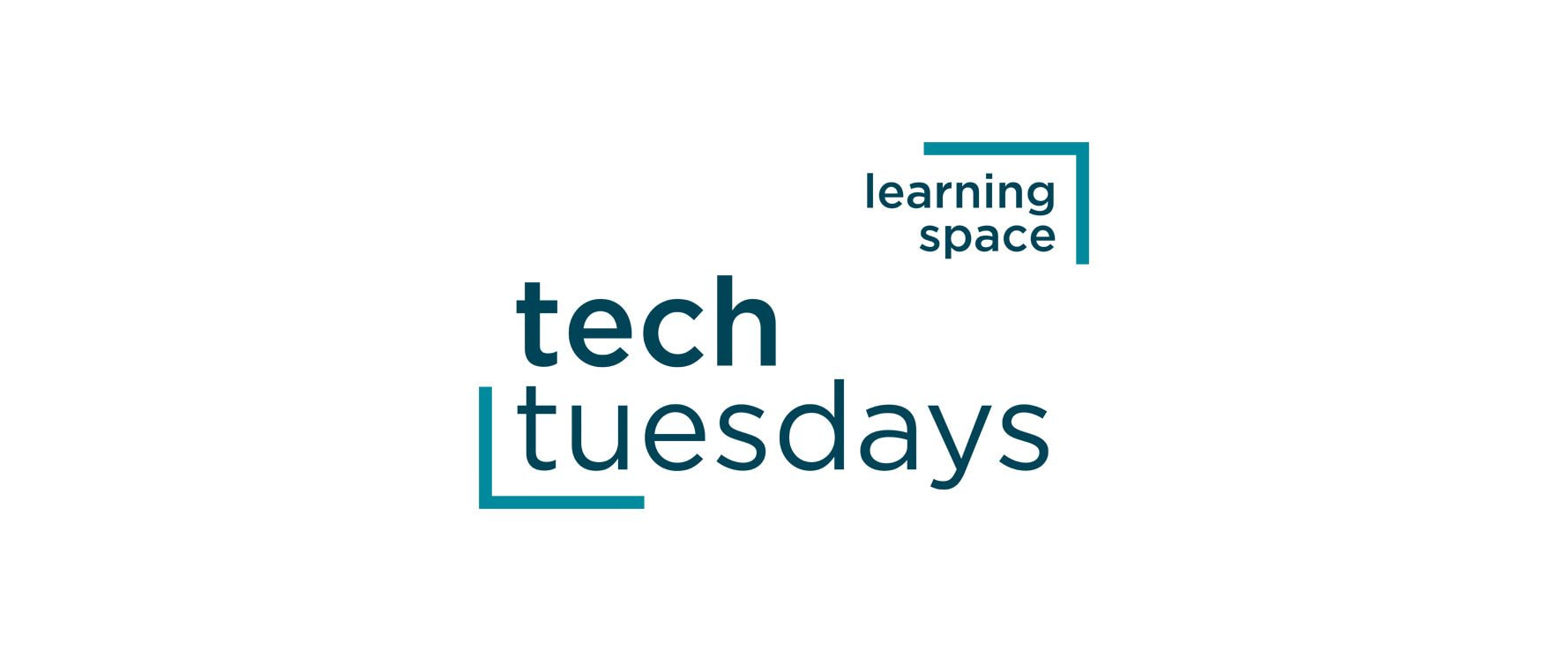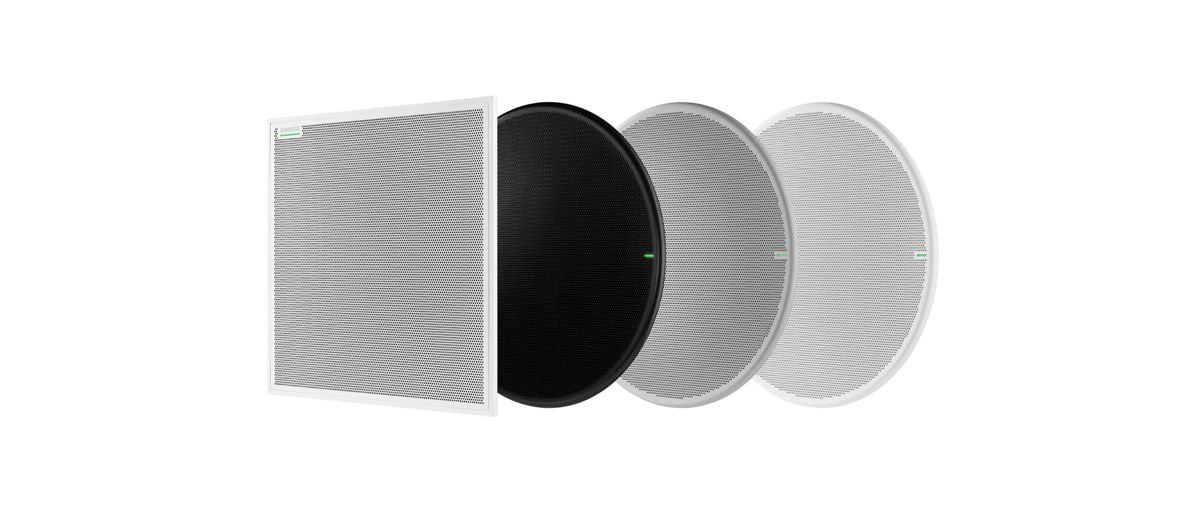Guide
MXA920: Upgrades and advantages
02/08/2022

In last week’s tech Tuesday video, we had a look at Shure’s new flagship microphone, the MXA920. If you missed the video be sure to check out the link below, as there are some serious upgrades on-board this unit!
Today we’ll expand on the advantages of the new features and how they can benefit any application.

As mentioned in the video, dedicated hybrid locations like classrooms and lecture halls will strongly benefit from the new dedicated and dynamic coverage options. Previously with the lobe configuration there was risk of a participant not being picked up, but with the new automatic coverage, you can just select an entire area and anyone within the area will automatically have a lobe activated for them. If your lecturer or presenter is in a fixed location, you can combine the dynamic coverage with the dedicated feature, which is a tight coverage area with a lobe always allocated, to make sure the content is always prioritised.
Sometimes the best conversation in a lecture comes from the back and forth with the audience, and that is why having these areas matters: because you have up to 8 areas, this makes sure that all parties are always heard, even when two begin to talk at the same time. This ensures that remote and local participants always get the same experience.
The new coverage mute feature goes hand in hand with Shure’s upgrade noise reduction feature as well. Whether it’s an HVAC system, projector, or any other unwanted noise source, this feature can tackle the most problematic spaces. Instead of directing a microphone away from the noise, or trying to filter it out in a DSP, this allows the microphone to capture the audio without passing it on, making it a completely revolutionary feature.
Even with all of these new features, the MXA920 also carries forward the lobe-format of programming, so no features are lost, only gained with this upgrade!
If you’d like to learn more about the MXA920, check out our video below, or the MXA920 certification can be accessed at the Shure Audio Institute.
As always, feel free to get in touch with the team if you have any questions!
